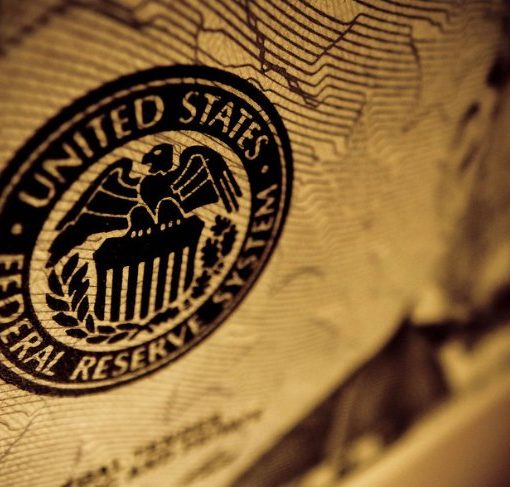2014 serves as a stark reminder of just how connected global financial markets have become.
Even though the US economy made progress, inflation rose and the U.S. Federal Reserve ended its quantitative easing program (QE), the 10 year US Treasury bond yield actually fell from the prior year.
Treasury yields caved to the gravitational pressure exerted by a precipitous drop in European government bond yields after the European Central Bank responded to a free fall in European inflation by cutting European short-term rates into negative territory.

Default risk wanes
With Treasury bond yield lower (higher bond prices) all fixed income asset classes generated strong total return in 2014 but performance varied widely across different asset classes.
After a disappointing 2013, municipal bonds were the best performing asset class as fear of municipal defaults abated.
The Diversified Target Yield Bond ETFs portfolio maintained a healthy 25% allocation to the asset class.
On the other hand, local currency emerging market bonds had the worst performance after growth disappointed in a number of emerging markets (EM) like China, Russia and Brazil.
Currency slump
Weaker EM currencies also negatively impacted EM local currency bond returns.
The portfolio reduced allocation to EM local currency ETF during the year.
In the fourth quarter, the strategy also reduced exposure to longer-dated Treasury bond and high-yield ETF on strong rally and less attractive valuation, respectively.
Going into 2015, I expect the Fed to further normalize monetary policy and finally begin to raise interest rates.
In this environment, I believe less interest-rate sensitive asset classes such as TIPS, bank loans and other floating-rate bonds may possibly perform better.
Emerging Market Rebound?
Also, after a dismal 2014, emerging market bonds may generate decent returns in my opinion.
China has begun a new round of policy easing, Brazilian election uncertainty is over and the Russia/Ukraine crisis has subsided.
The portfolio is generally positioned to benefit from these trends but will also make some changes prior to year end.
For example, I am considering possibly taking profits in investment-grade corporate bond ETF and investing proceeds into floating-rate ETFs and emerging market investments.
Photo credit: Yanni Houtsomitis via Flickr Creative Commons
DISCLAIMER: The reader should not assume that any investments identified were or will be profitable or that any investment recommendations or investment decisions we make in the future will be profitable. Past performance is no guarantee of future results.


